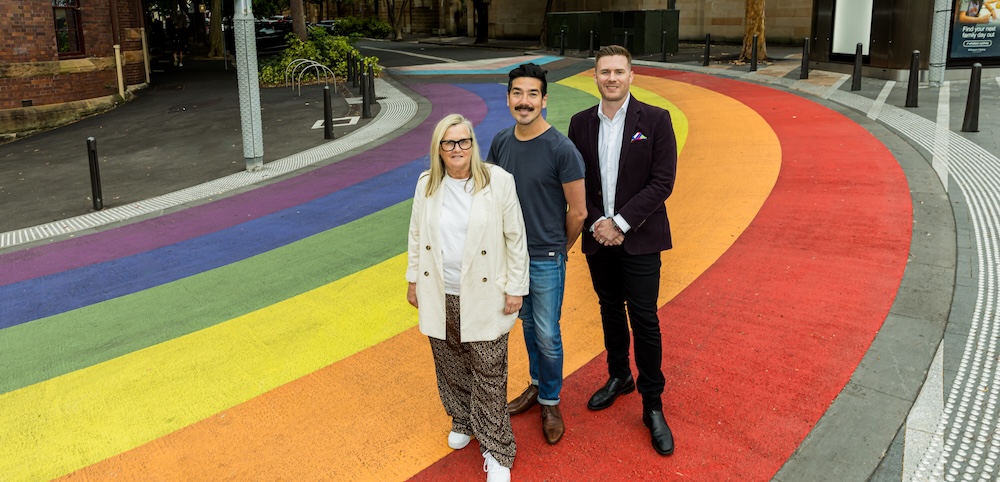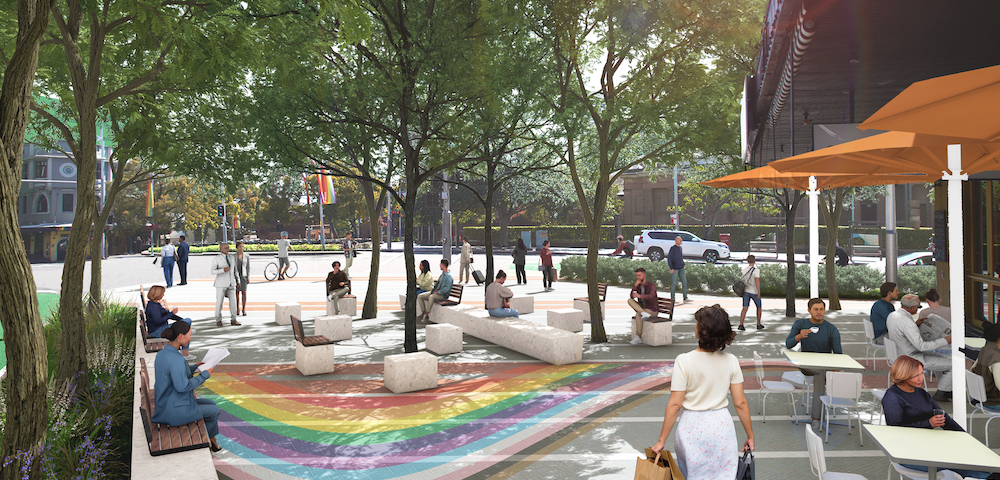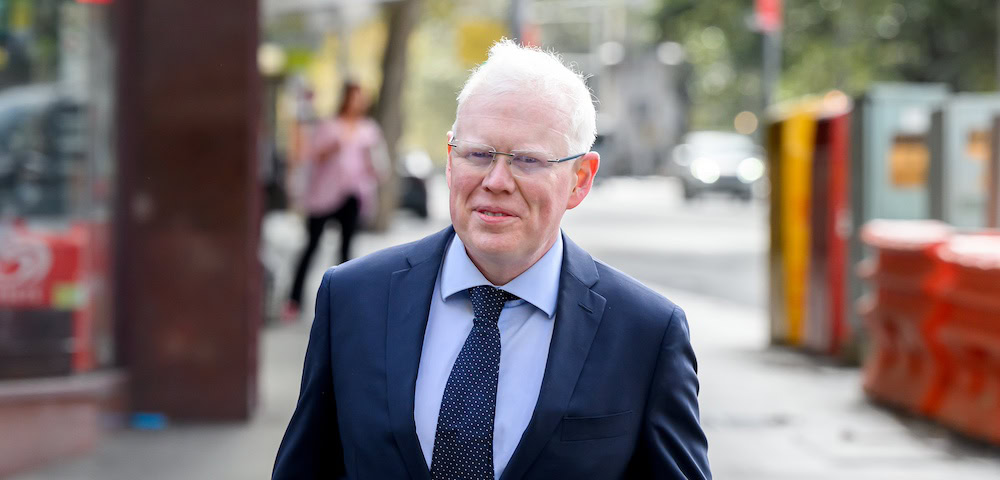
The costs of building
Before you embark on any construction project, perhaps the single most important consideration is budget. Running out of cash during the construction process can spell disaster, so it’s crucial to have a good understanding of all the costs associated with planning and constructing a building.
Firstly, most people grossly underestimate the cost of construction so when your first builder’s estimate arrives you may be in for quite a shock. With a bit of preparation this shock can be minimised.
The next thing to realise is that your builder’s fees are just the beginning. Even before your builder sets foot on site many of your hard-earned (or borrowed) dollars will have slipped through your fingers. For a start, most people need the assistance of an architect to make their dreams a reality. An architect charges fees for the design of your building as well as the preparation of applications for council. They can also assist during the construction phase. You will also probably need to have the site surveyed by a qualified surveyor and a structural engineer will have to be consulted. You may also seek the advice of a hydraulic engineer, landscape or interior architect or other consultants.
Then there are the council fees. Councils charge applicants to process development applications and give Construction Certificate certification as well as various levies and fees depending on the nature of the application. Should you wish to alter the design after your DA is approved you will need to submit a Section 96 application which also incurs a fee. If there are any protected trees on the site your council may ask for a refundable tree preservation deposit, and there are many other similar fees. It’s important to familiarise yourself with all of these expenses so you are not caught out.
Once construction has commenced there is also great potential for cost blow-outs. Despite everyone’s best intentions and good practice there is every possibility that unforeseen expenses will emerge that simply must be covered. Perhaps there was asbestos hiding in a roof space. Perhaps a stormwater pipe is damaged during demolition or your wiring is found to be unsafe. Whatever the situation, these unexpected expenses can really send your project off the rails and significantly delay completion. The only thing you can do to prepare yourself for these is to always ensure that you have a healthy contingency fund available. A certain amount of money should always be there to cover additional unexpected costs. Five to 10 percent of the total building cost is a reasonable contingency.
The best way to safeguard against cost blow-outs is to seek the advice of a quantity surveyor as early as possible in the design process. A builder might also be able to help guide your design decisions. In order to give an accurate estimate a builder or QS will need a detailed set of drawings and schedules. This documentation package (prepared by an architect or other professional) must outline every aspect of the project, from lighting and floor finishes to paintwork and landscaping. Any omission will not be priced and will need to be added to the total.
If the estimate is well above your construction budget, don’t panic. Get together with your designer and review the proposal. There are three main ways to reduce costs: reduce overall floor area, simplify the design and change finishes and fixtures. Working together with your architect and cost consultant to amend the scheme may well make it all possible.
Another option to reduce overspending during the construction process is to engage your architect or a project manager to be your agent on-site. As a rule you should never pay an invoice unless you are sure that the work being invoiced has been completed to your satisfaction. If you don’t always have time to check the progress and standard of the building work before signing your builder’s invoices, hiring a professional to do this for you is the way to go.









